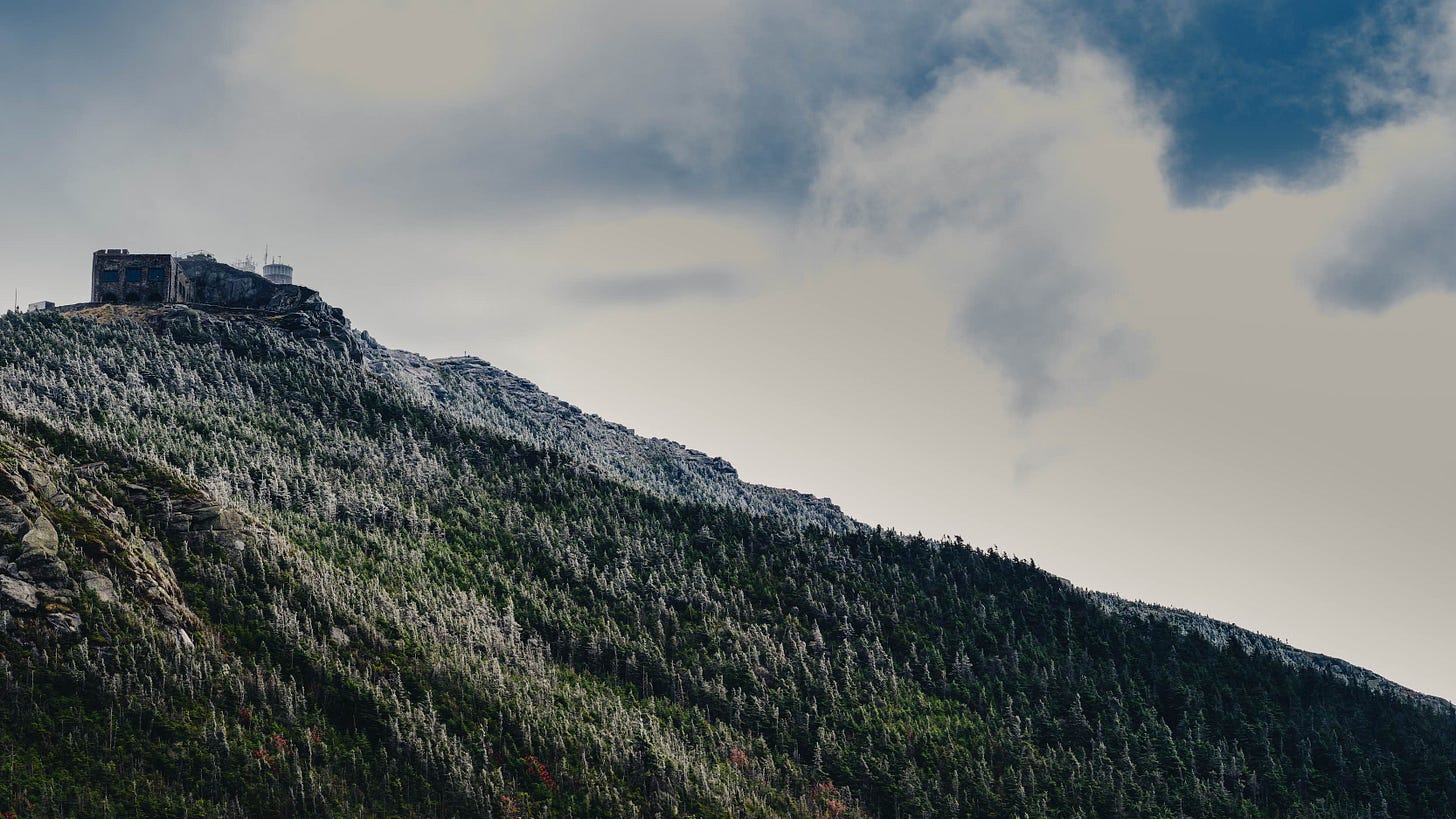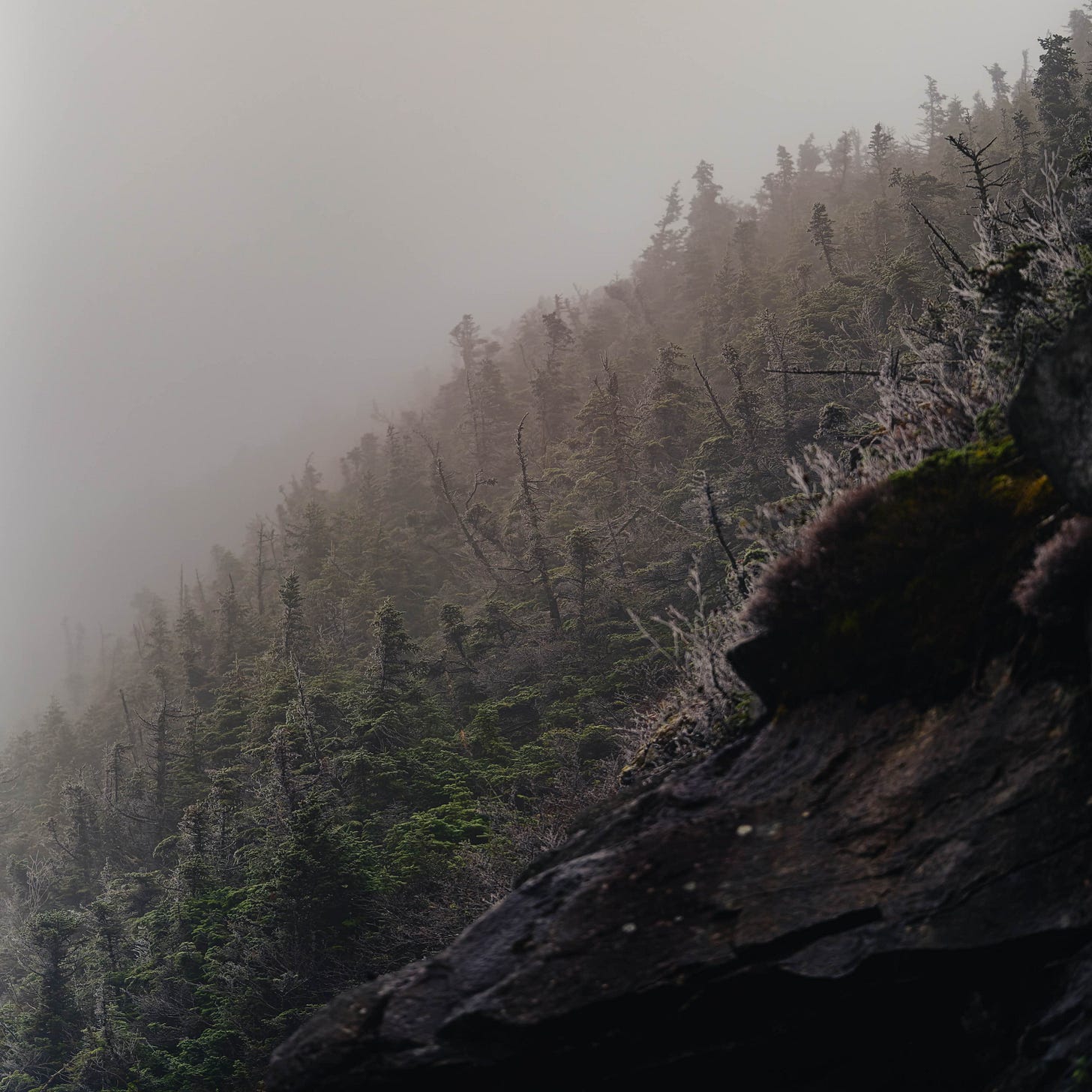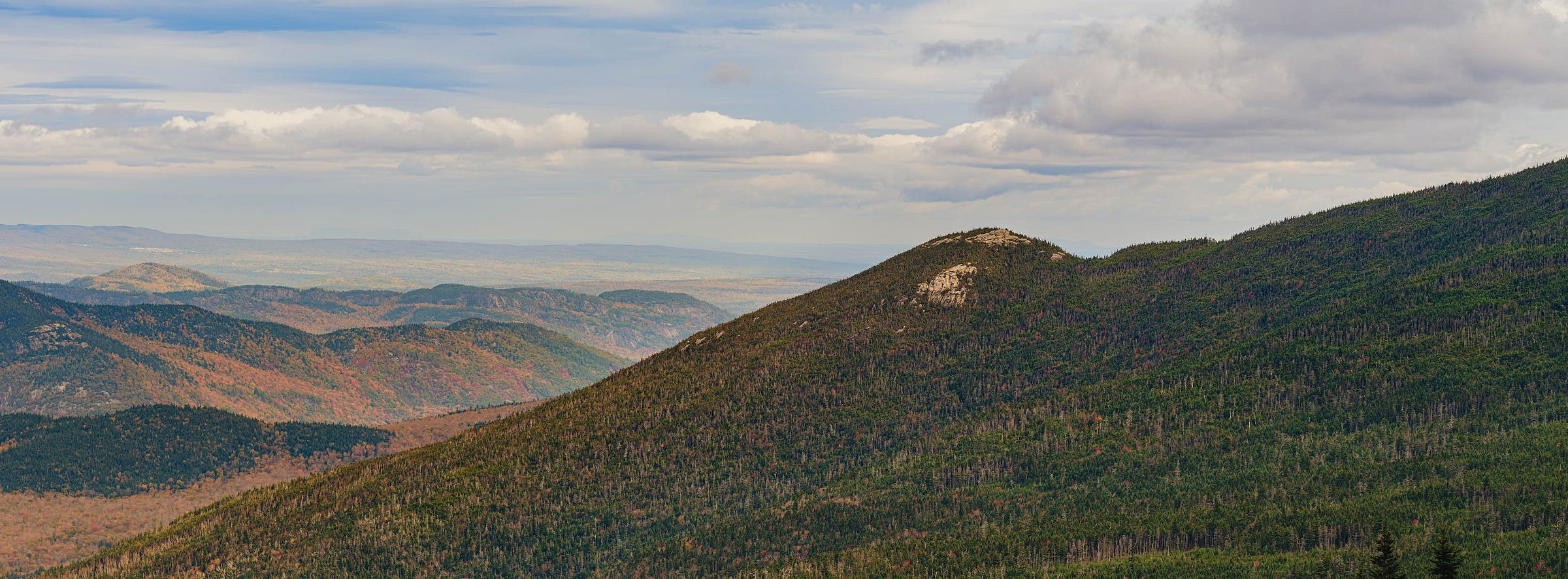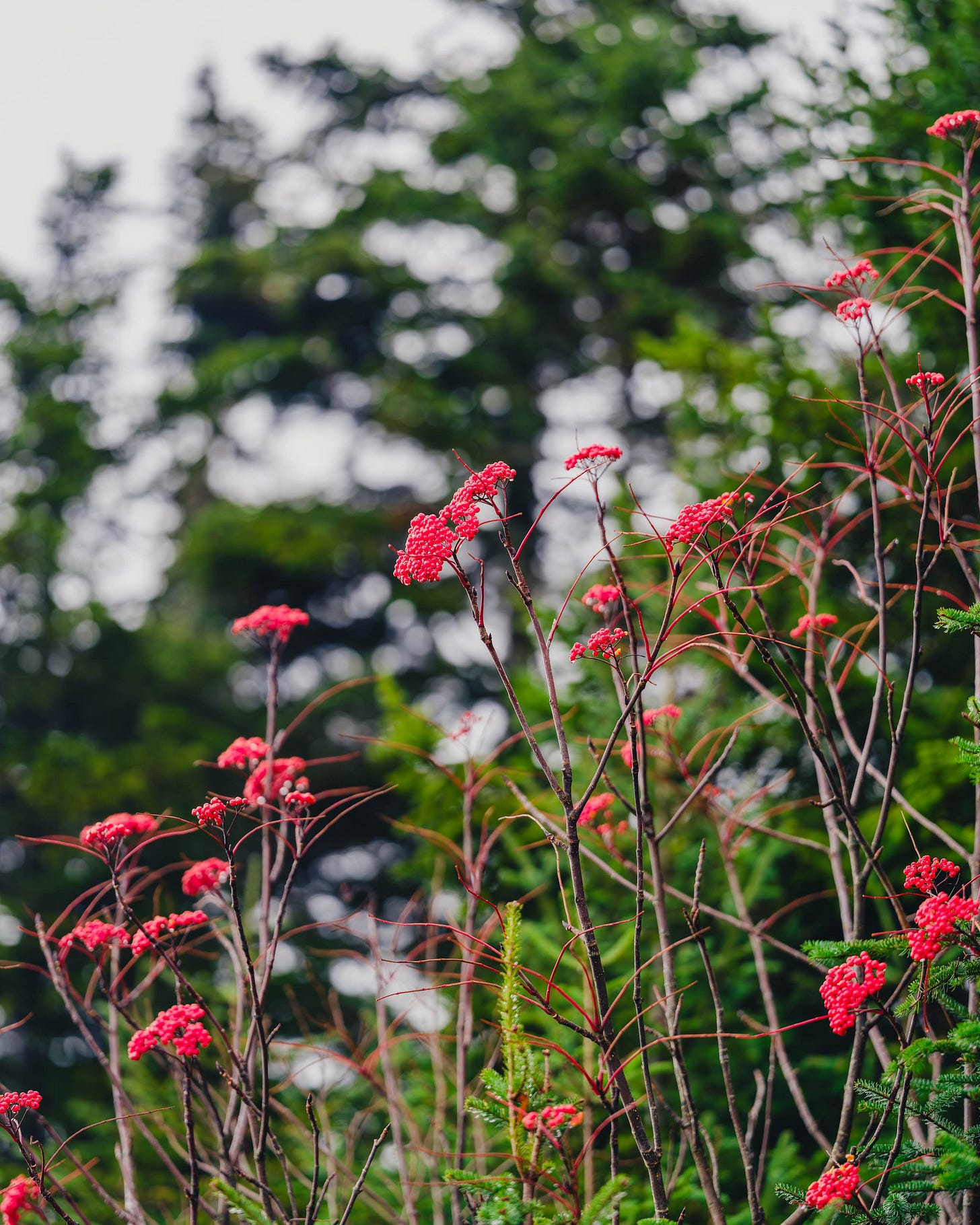In the evolution of film formats and camera designs, aspect ratio and size has almost always been a dance. It’s between circumstance, technical capability, and practical motivation on the one hand, and the use of new technologies in both expected and unexpected, often artistic, ways on the other. This is driven by oft-competing tensions, in a classic “small, capable, inexpensive—pick two” situation.
One of these tensions is quality versus size. Despite the relative accessibility and high quality of glass plates in the early 20th century, large format cameras weren’t exactly made for mobility. While medium format bodies proliferated thanks to Kodak and others, it didn’t take long for someone to miniaturize further. In 1913, Oskar Barnack created a “lillliput camera for cinema film” (what folks call “full frame” now, incidentally). Barnack’s “Ur-Leica” was the first to use 35mm film for photography, taking stills and recording them horizontally rather than the vertical orientation used for motion pictures. Barnack’s motivation was personal—he suffered from lung problems, and the allure of a pre-loaded, diminutive camera that he needn’t suffer for was clearly compelling.
The first medium format film camera to shoot square was 1929’s Rolleiflex; the camera’s form didn’t lend itself well to being held sideways, so a 1:1 ratio split the difference and made cropping flexible. Having a waist-level viewfinder also changes the relationship a photographer can have with their subjects; the unique characteristics of the Rolleiflex (and the similar, interchangeable lens Mamiya C330) most likely helped influence the images Diane Arbus was able to capture, for example, as a result of helping define the working method through technical constraints. The square is impartial and elegant—you are always well oriented.
On the other extreme was a collaboration between Hasselblad Sweden and Fujifilm Japan, the XPan—a panoramic camera from the late 90s that used 35mm film. The goal was very specifically to enable a 65:24 (close to a cinema-standard 21:9) aspect ratio by exposing two 35mm frames at once. It also allowed regular 24x35mm exposures. Making a firm commitment to ultra-wide compositions was certainly a lateral move—and to this day, it remains a cult favourite, though I can’t point to any well-known practitioners. That might have something to do with the fact that sales were in the range of thirty thousand—it was never exactly economically designed to scale. But it remains inspiring in its highly unusual focus.
There are similar stories both in the creation and use of hundreds of other cameras. It’s truly remarkable that all of this happened only in the past hundred years or so. I think it can be easy to romanticize the use of some particular tool thanks to their history and the way others have used them—but on the other hand, so what? If a particular tool inspires you or shakes your creative instincts into action, that’s a wonderful thing. While I would be suspect of loyalty to a certain brand or whatever, I can say for sure in my experience that using different forms and formats have spurred different noticings, compositional ideas, and moments.
As much as I’m sure that Barnack would love today’s diminutive digital cameras, I’ve also learned so much already about the enduring qualities—and constraints—of yesterday’s manufactures. It’s countercultural in the best sense, to really understand that a technology created fifty or more years ago is no less than what it’s ever been. The RB67 in the cabinet will work long after my joints have retired, and I find that comforting.
It’s a gentle push against the notion that all progress is constant and inevitable, and believing also in an apparatus that endures and remains influential.








